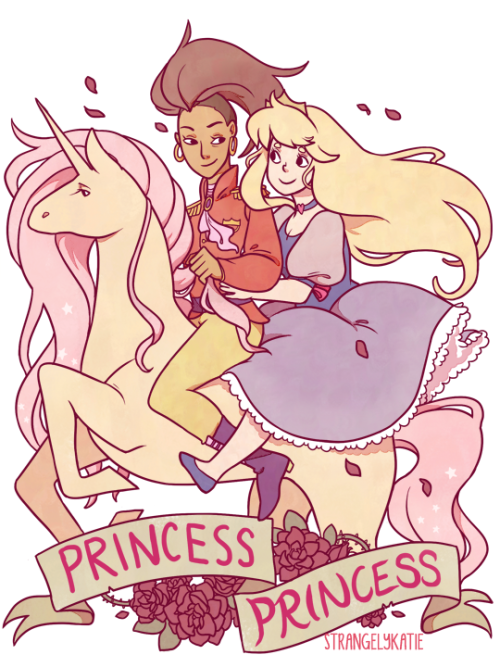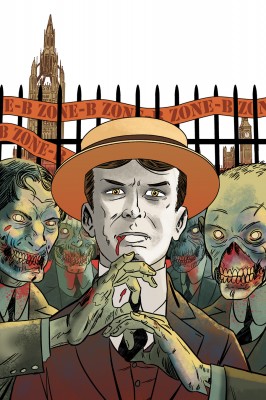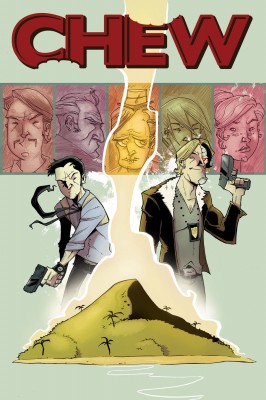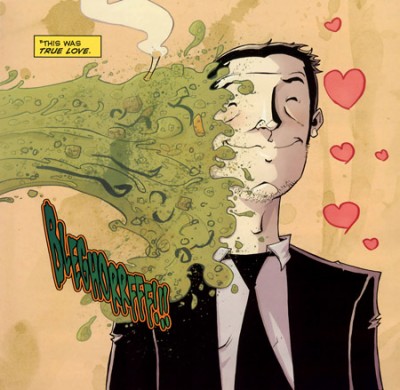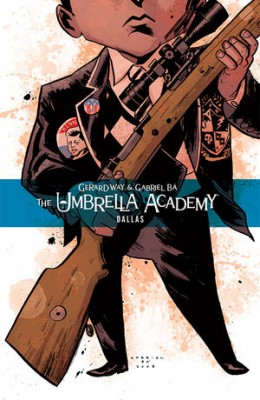Reviewer: Emera
Date read: 10.8.2012
Read the story online at Tor.com here.
This is my first time reading anything by Rachel Swirsky; I’ve had her multiply-award-winning/nominated “The Lady Who Plucked Red Flowers Beneath the Queen’s Window” bookmarked for a while, but got lured into this one first on the basis that it’s illustrated by Sam Weber, one of my favorite contemporary illustrators of weird stuff.
“Portrait of Lisane de Patagnia” is a dark, erotically charged tale concerning an embittered artist with more magical than painterly ability, who is summoned to fulfill a final commission for her former teacher, the incandescent, ambition-devoured Lisane de Patagnia. In this world, magically imbued artwork is considered inferior to sheer human talent, which is a good parallel to contemporary regard of technology-assisted/-enhanced skills – the devaluation by some of digital artwork as compared to traditional, say.
The story’s Italian-Renaissance-inspired setting is refreshing, and the few descriptions of magic are unsettlingly beautiful, playing off of the cool poise of the narrator’s voice. (I particularly liked the opening description: the narrator’s process of painting a river sips away at the jug of water next to her.)
However, though Swirsky is clearly familiar with the principles and history of visual art (the story touches on a Brunelleschi-analogue who invented linear perspective, which serves as the basis of a pleasing image of his artistic lineage stretching out into the present), she doesn’t write about any of it very movingly. The descriptions of composition are labored (“the oval of his head bowed toward the shaking rectangle of his chest, his newly shorn hair dark against his pale scalp”), and when writing about color, rather than the evocative, alchemical specificity of actual artists’ pigments, she relies on a commonplace toolkit of “emerald” green, “faint yellow,” and so forth. When you could be using names like Naples yellow, madder lake, azurite, and bone black instead, why wouldn’t you? The cumulative effect was that I rarely felt as if I were actually inside an artist’s head.
When it comes to the story’s negotiation of the relationship between artist and art, I cringed to see a scene dramatically hinged on the old chestnut, “What is art but madness anyway?” Clearly it’s meant as an indictment of Lisane’s psychological failings that she pulls that one out, but such literal use was to me indicative of the story’s failings as a whole: it renders a conflict centered on romantic clichés about art in careful but often broad strokes, and lacks in freshness and exactitude of image and feeling as a result. It’s thoughtful, but not complex. (See also the fact that it explains its own conclusions in the last few paragraphs, when it could have ended just as well with them hanging unsaid but obvious.)
Go to:
Rachel Swirsky: author bio and works reviewed
Read the story at Tor.com
